Shiro Kuramata’s multilayered cosmos on view in Tokyo
‘The Work of Shiro Kuramata: A Microcosmos of Memory’ is on view at Setagaya Art Museum until 28 January 2024
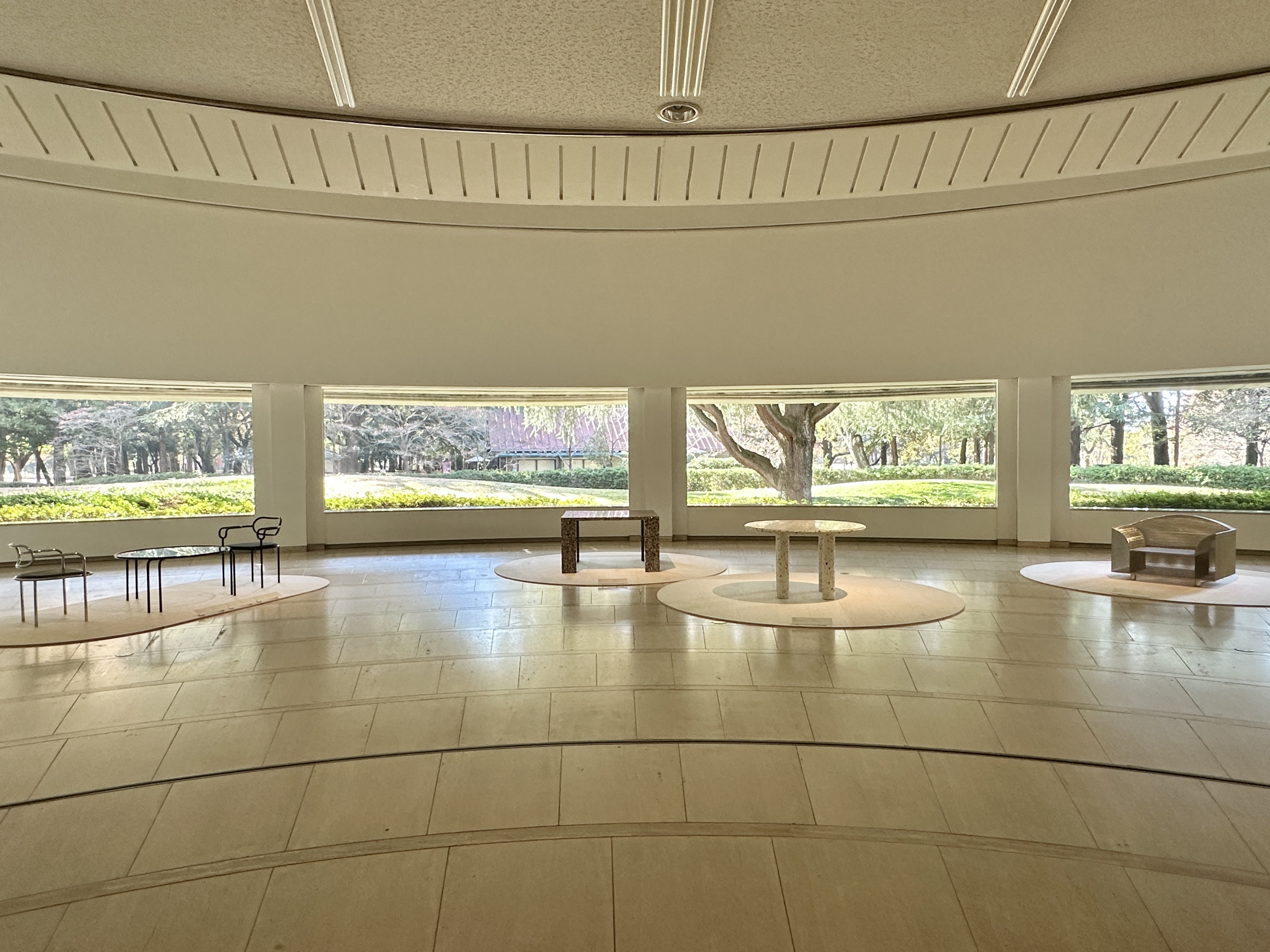
‘How High the Moon’ is a chair synonymous with Japanese designer Shiro Kuramata (1934 – 1991). Mixing philosophical meditation with dreamy abstraction, its curves and lines are conventional – yet its steel mesh material is more air than structure, resulting in a form that appears weightless, near-transparent, dematerialised.
Welcome to the playfully unique world of Kuramata, a leading light of 20th-century Japanese design, whose creations explored the edges of art and design, poetry and function, dreams and reality, as embodied by his iconic chair.
Now, more than 30 years after his death, this chair – brought to life by Vitra in 1986 – is one of a comprehensive catalogue of Kuramata’s works displayed in a major exhibition in Tokyo, ‘The Work of Shiro Kuramata: A Microcosmos of Memory’, his first solo show in the capital in over two decades, at Setagaya Art Museum (until 28 January 2024).
Shiro Kuramata at Setagaya Art Museum
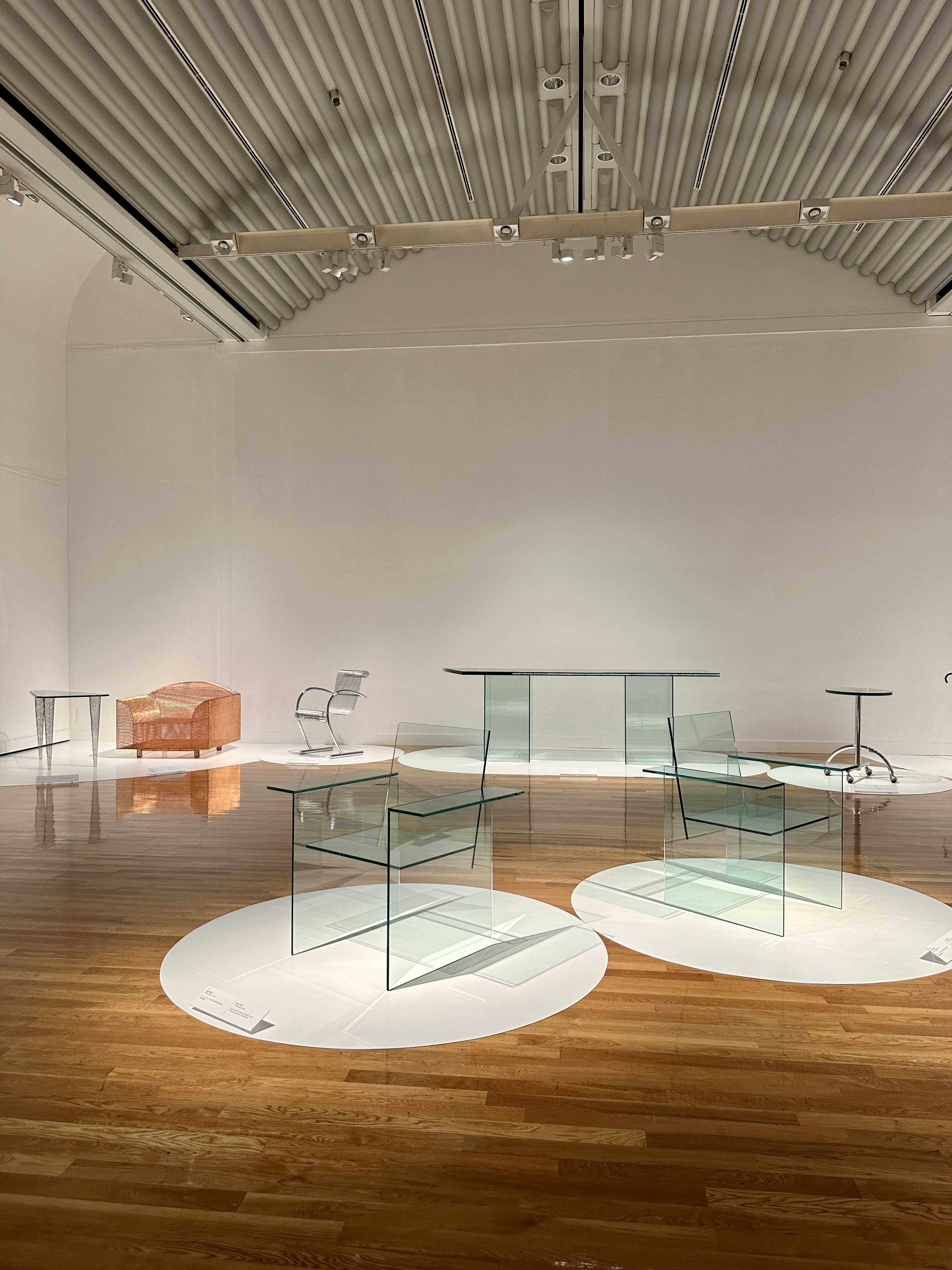
The show journeys through decades of his creations, spanning furniture, interiors and objects – ranging from a clock with seven hands to an irregular grid containing 49 drawers. And threading it all together are his words. The so-called 'analects of Kuramata', drawn from texts including his dream journals, range from the poetic to the surreal, imbuing his 3D creations with depth and colour.
For Naotoshi Noda, curator at Setagaya Art Museum, the exhibition offers a sensory exploration of his creative journey, from his early years through his career. 'The title of the exhibition is a quote from Kuramata,' he tells Wallpaper*. 'At the core of Kuramata’s designs are experiences, smells, sounds and textures from childhood.'
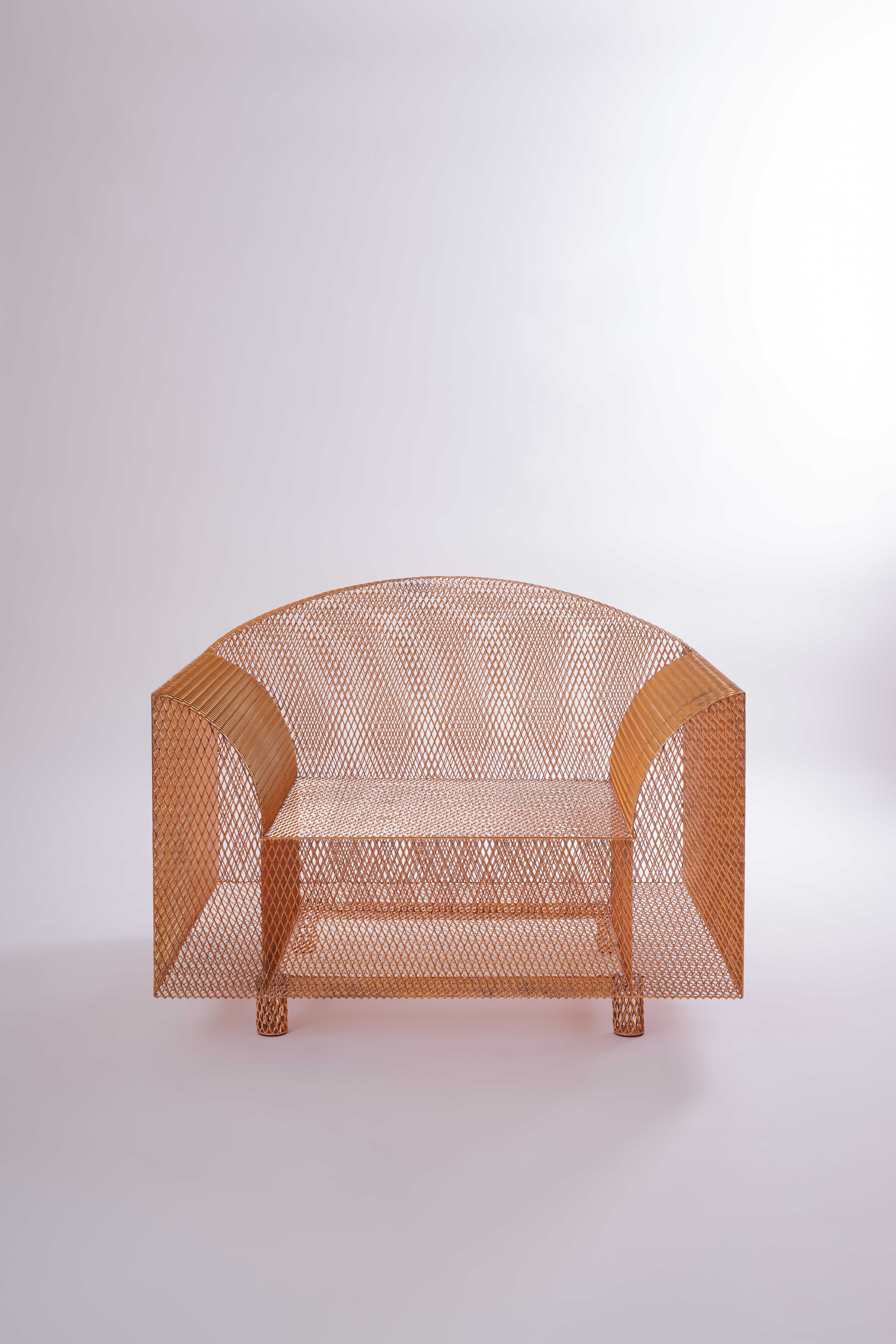
‘How High the Moon’, 1986. Toyama Prefectural Museum of Art and Design
He adds: 'Shiro Kuramata is a famous and legendary designer, but there are few opportunities to see his work. He is said to have influenced not only many interior designers but also modern architects, but his influence has not been examined much. We held a retrospective exhibition of Kuramata in order to reaffirm the significance of his work today.'
The exhibition opens in an airy space with windows framing park views and a capsule collection of iconic pieces. Filtering sunlight is ‘How High the Moon’, plus the bold lines of 1979 steel-pipe single and double chairs and circular table; and the exploratory terrazzo material of his soft-edged circular 1983 ‘Tokyo’ table. And Kuramata’s words: 'Memories, including the dream experiences I had, for me, constitute an infinite cosmos.'
Receive our daily digest of inspiration, escapism and design stories from around the world direct to your inbox.
The journey continues through a series of spaces reflecting Kuramata’s eclectic creative path. Texts dip in and out of his life story – from his wartime childhood and learning to 1950s design training to a defining experience working on the interiors of the 1963 San-ai Dream Center in Ginza, before setting up independently in 1965.

Exploring notions of space and function from the start – while mirroring the fast-changing urban energy of post-war Tokyo – exhibits range from an entirely transparent acrylic wardrobe to his ‘Furniture with Drawers’, examples of original pieces which he typically produced at his studio without commission. 'I am interested in furniture that is not intended to be used, but simply happens to manifest as furniture,' he said.
His deepening interest in gravity and weightlessness is contained in the sharp clear lines of his 1976 ‘Glass’ chair, while his early 1980s ‘Imperial’ cabinet reflects his postmodern emergence in the Memphis design movement.
Other highlights range from a candy-toned selection of 1960s Issey Miyake perfume bottle prototypes and his record collection to another signature chair – ‘Miss Blanche’, famed for its delicate artificial roses floating in acrylic, made in 1988, just three years before his death.
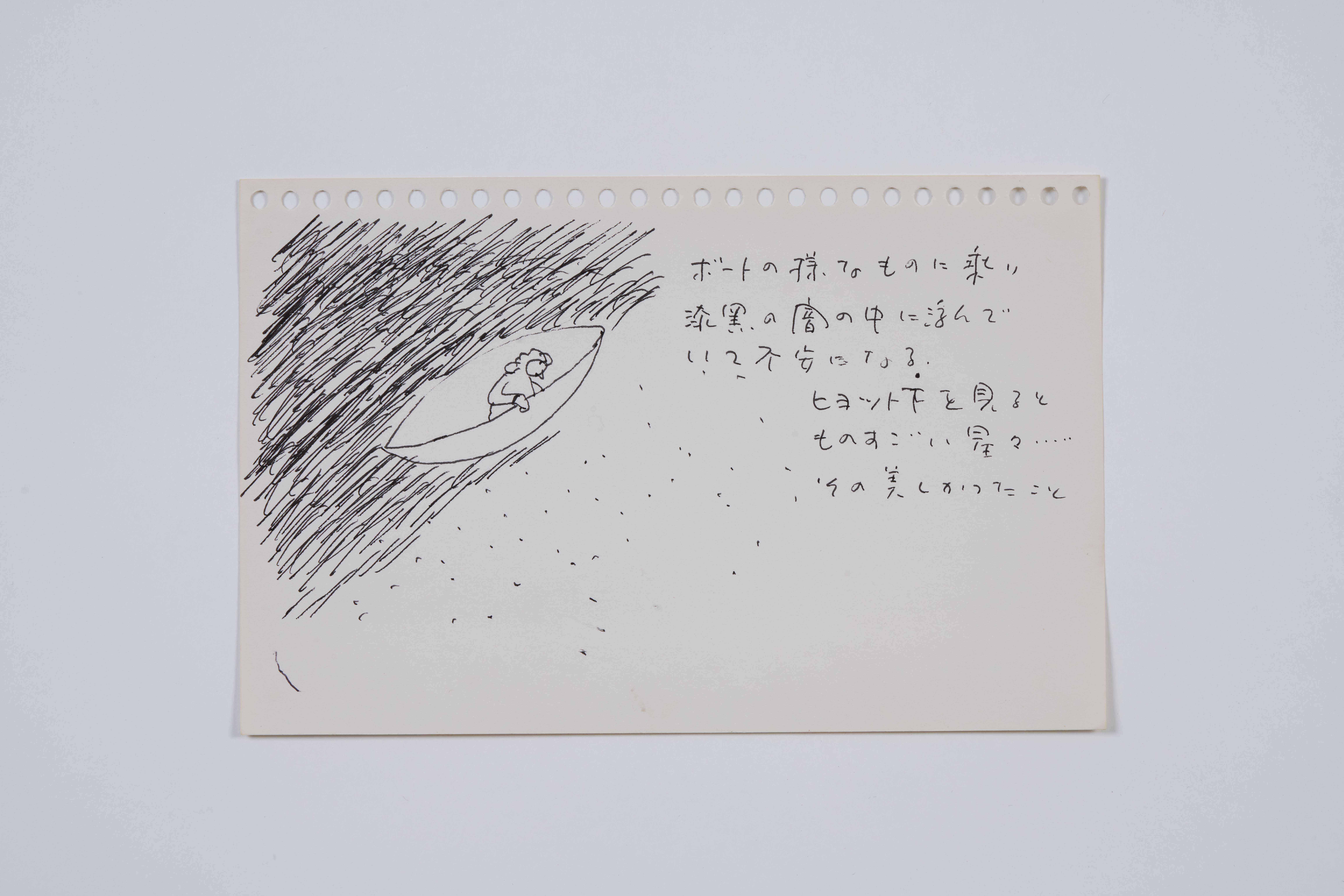
From sketchbook ‘Words, Dreams, Memories’, 1980s
Throughout, there is a smooth balance between the setting and the exhibits. Set against the bold lines the museum’s 1980s architecture by Shozo Uchii, Noda says: 'The concept here is a museum as a living space. It is not a white cube for so-called contemporary art. We believe that this creates a harmony between Kuramata's furniture and the architectural space.'
In the show, Kuramata’s avant-garde expressions of space and imagination, plus his explorations of industrial materials, colours and geometry are often rooted in his era, yet his written words linger with a poignant timeliness.
As Kuramata said: 'I have a strong desire to escape from the forces of gravitation, to free myself from gravity and float free. I continue to hold onto the naive hope that only when we are freed from conventions, established concepts and ideals, and all kinds of constructs that have long been attached to this earth, will we be able to gain freedom in the true sense of the word.'
'The Work of Shiro Kuramata: A Microcosmos of Memory' is on view until 28 January 2024
Setagaya Art Museum 1-2 Kinutakoen Setagaya City Tokyo 157-0075
Danielle Demetriou is a British writer and editor who moved from London to Japan in 2007. She writes about design, architecture and culture (for newspapers, magazines and books) and lives in an old machiya townhouse in Kyoto.
Instagram - @danielleinjapan
-
 ‘I want to bring anxiety to the surface': Shannon Cartier Lucy on her unsettling works
‘I want to bring anxiety to the surface': Shannon Cartier Lucy on her unsettling worksIn an exhibition at Soft Opening, London, Shannon Cartier Lucy revisits childhood memories
-
 What one writer learnt in 2025 through exploring the ‘intimate, familiar’ wardrobes of ten friends
What one writer learnt in 2025 through exploring the ‘intimate, familiar’ wardrobes of ten friendsInspired by artist Sophie Calle, Colleen Kelsey’s ‘Wearing It Out’ sees the writer ask ten friends to tell the stories behind their most precious garments – from a wedding dress ordered on a whim to a pair of Prada Mary Janes
-
 Year in review: 2025’s top ten cars chosen by transport editor Jonathan Bell
Year in review: 2025’s top ten cars chosen by transport editor Jonathan BellWhat were our chosen conveyances in 2025? These ten cars impressed, either through their look and feel, style, sophistication or all-round practicality
-
 Japanese designer Shinichiro Ogata's latest venture is a modern riff on the traditions of his home country
Japanese designer Shinichiro Ogata's latest venture is a modern riff on the traditions of his home countryAs he launches Saboe, a series of new tearooms and shops across Japan, we delve into Shinichiro Ogata's creative vision, mirrored throughout the spaces and objects, rituals and moments of his projects
-
 2025 Loewe Foundation Craft Prize winner announced as Kunimasa Aoki
2025 Loewe Foundation Craft Prize winner announced as Kunimasa AokiThe Japanese sculptor describes his work as ‘50 per cent tradition and 50 per cent innovation’
-
 Tokyo design studio We+ transforms microalgae into colours
Tokyo design studio We+ transforms microalgae into coloursCould microalgae be the sustainable pigment of the future? A Japanese research project investigates
-
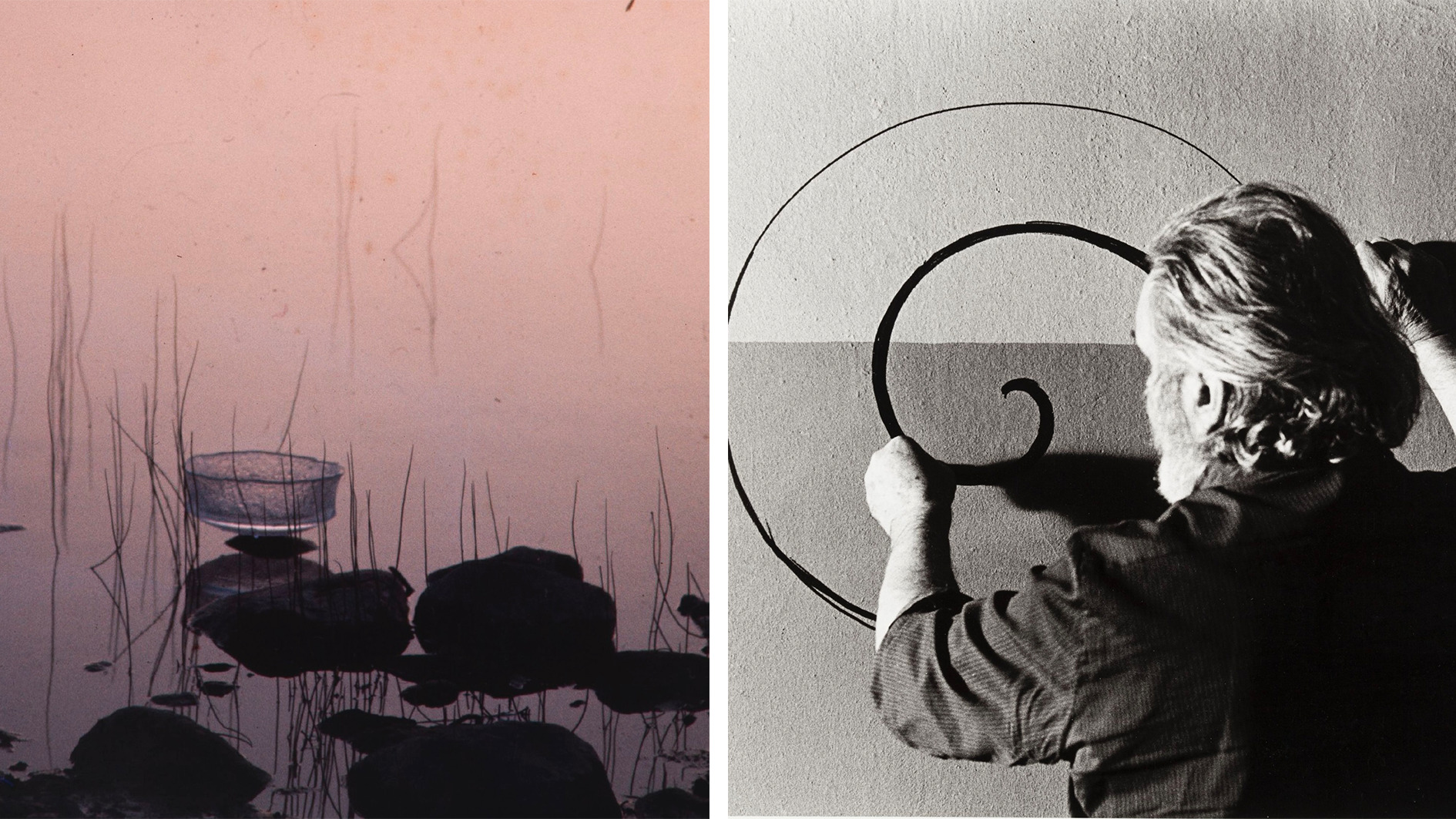 Inside the world of Tapio Wirkkala, the designer who created masterpieces in remotest Lapland
Inside the world of Tapio Wirkkala, the designer who created masterpieces in remotest LaplandThe Finnish artist set up shop in an Arctic outpost without electricity or running water; the work that he created there is now on display at a retrospective in Japan
-
 Naoto Fukasawa sparks children’s imaginations with play sculptures
Naoto Fukasawa sparks children’s imaginations with play sculpturesThe Japanese designer creates an intuitive series of bold play sculptures, designed to spark children’s desire to play without thinking
-
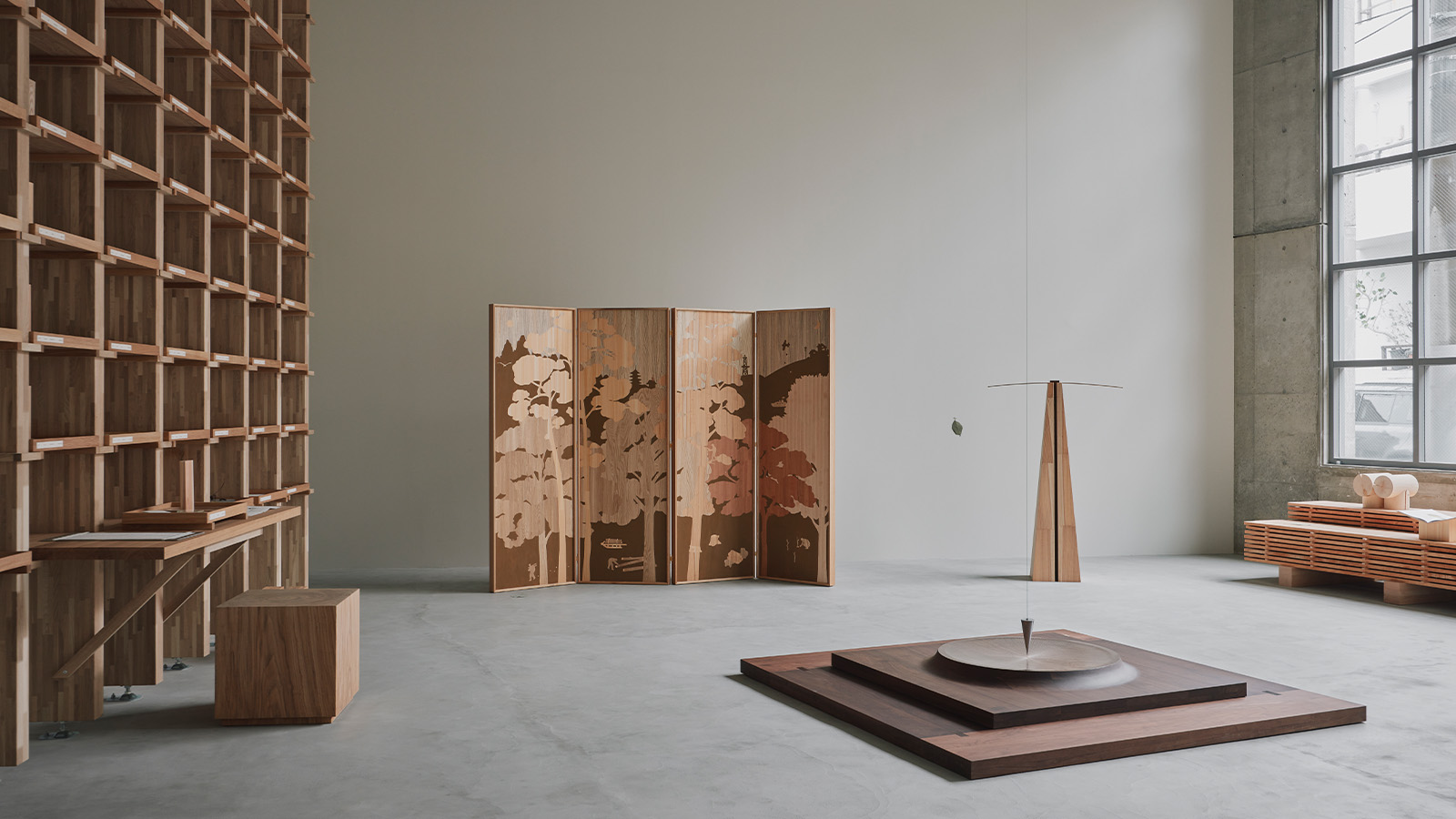 Time, beauty, history – all are written into trees in Karimoku Research Center's debut Tokyo exhibition
Time, beauty, history – all are written into trees in Karimoku Research Center's debut Tokyo exhibitionThe layered world of forests – and their evolving relationship with humans – is excavated and reimagined in 'The Age of Wood', a Tokyo exhibition at Karimoku Research Center
-
 Minimal curves and skilled lines are the focal point of Kengo Kuma's Christmas trees
Minimal curves and skilled lines are the focal point of Kengo Kuma's Christmas treesKengo Kuma unveiled his two Christmas trees, each carefully designed to harmonise with their settings in two hotels he also designed: The Tokyo Edition, Toranomon and The Tokyo Edition, Ginza
-
 Claesson Koivisto Rune on 30 years of their often Japan-inspired designs, charted in a new book
Claesson Koivisto Rune on 30 years of their often Japan-inspired designs, charted in a new book‘Claesson Koivisto Rune: In Transit’ is a ‘round-the-world journey’ into the Swedish studio's projects. Here, the founders tell Wallpaper* about their fascination with Japan, and the concept of aimai